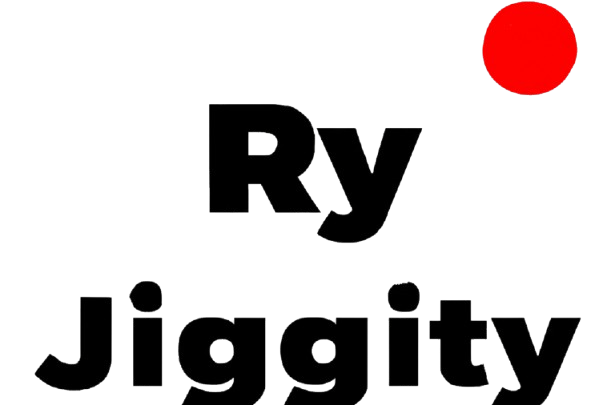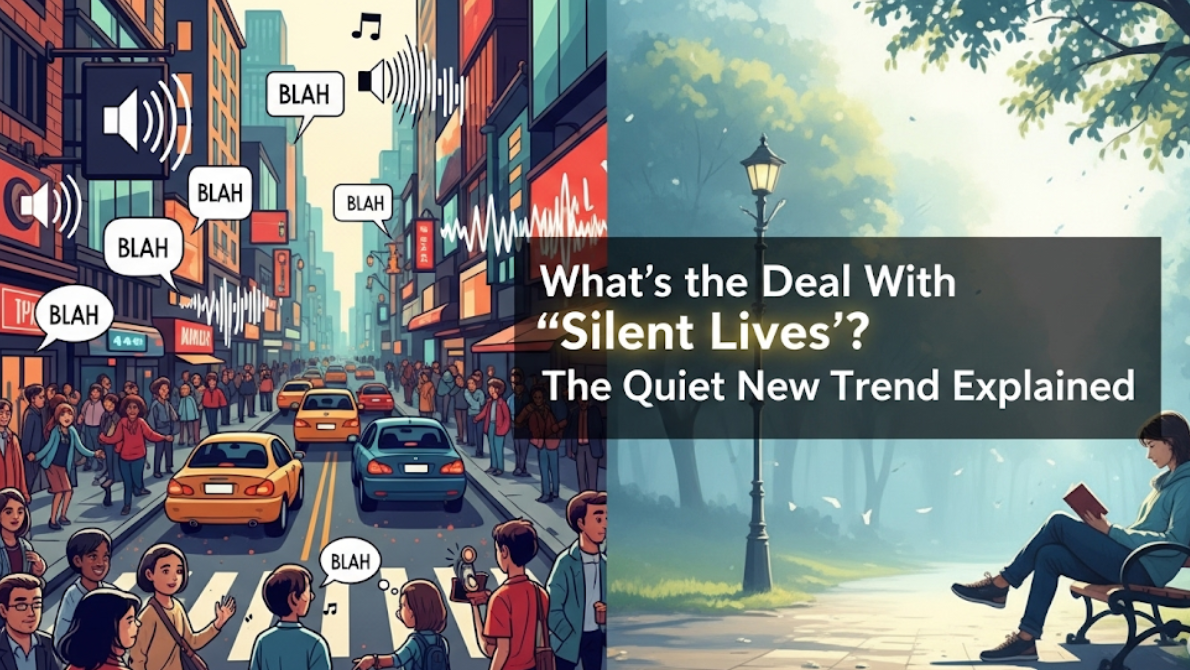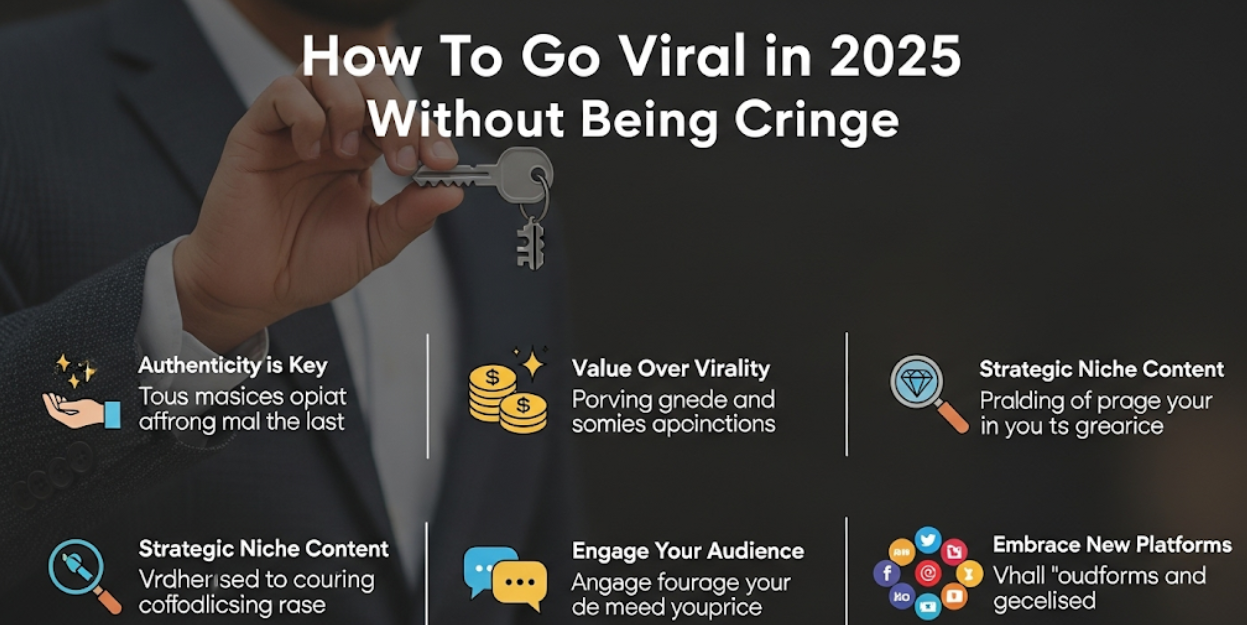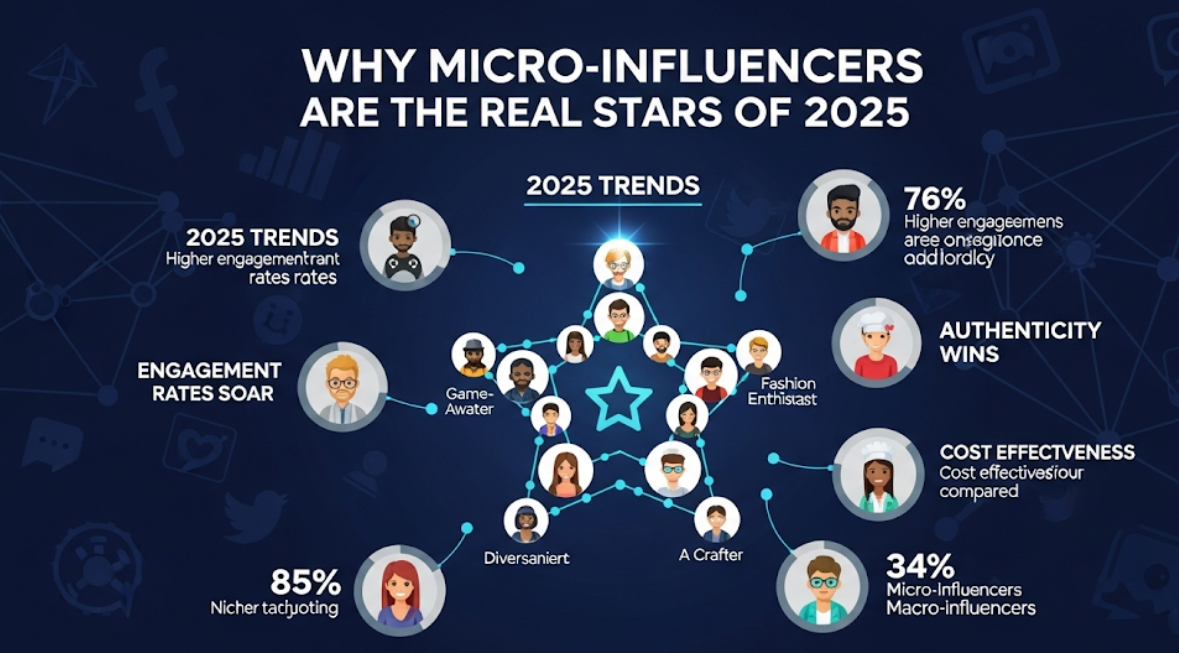Silent Lives? Wait… Why are they Silent to Begin With? — Exploring The Silent New Craze
At the same time, a new mood seems to be creeping onto feeds and filling salons in Williamsburg, sidewalks along Canal Street and local planes of even the birds above: people are taking noise strikes. Only few in the metaphysical way, which is going to yoga retreats — but more widespread in physical public and social space where we are almost everywhere DIGITALIZED!!! These hours could include sober TikTok livestreams, supposedly “silent” haircuts and silent tourism packages — it feels less like one hashtag than a collective mindset. But what exactly does “Silent Lives” mean, why is it happening now and what does it mean for creators/brands/everyday?
Silent Lives: In The Wild
John and his moderator gave it a fancy umbrella term: Silent Lives, small related niches of valuing low stimulation, minimal talking and muted/visual-first communication. It shows up as:
Quiet livestreams: broadcasters streaming with little or no audio, viewers watching / reacting with gifts and messages, voyeuristic / chill.
Quiet, please silent services — businesses that deliver “no small talk” experiences like silent haircuts and rides or retail where a customer can shop in peace, free from distracting chit chat
Silent walking / silent meetups: people gather to walk the dog, travel to work or socialize together but say nothing (or at least try only mentioning necessary things).
Silent social browsing — content that will work when viewed on mute (text overlays, captions and bold visuals) as most individuals scroll with sound off.
Intersection with slow/quiet living: Think slow-living, quiet luxury and “minimal noise” lifestyles meet at creating less noise, more intention.
The ideas, of course, are not entirely novel but their sudden prominence in cultural terms is interesting. Watch for “silent services” getting coverage website time — salons, rides and retail trying out no-chat in response to consumer demand.
Why now? Five drivers behind the quiet boom
Mental load and digital overstimulation
Being bombarded with buzzes from every corner means this gif-heavy end of days is driving us to wish for a quiet life. Silence is a saving grace—a reset that can take at least 10 minutes, sometimes only the length of a bare minimum commute. That is not just anecdotal: silence and reduction in their sensory input has a real effect on stress and attention.
Platforms optimized for silent viewing
The silent consumption default — more and more, the expectation on social platforms is that content will be engaged with by a viewer silently from beginning to end. Most are scrolling with no sound and creators are responding by adding text layers over visuals, communicating without audio. By 2025, industry analyses and creator guides were pointing towards “silent-friendly” formats.
Monetization of non-verbal attention
That audio interaction is nice and all, but the fact is, creators are seeing more tips & buys and (we hope) subscriptions roll-in without having to speak a single word on screen. It turns out even something as simple as sunset livestreams or ASMR-like content can score some decent cash. Discussion on Reddit threads and community posts about whether silent lives are cries for attention or products of peaceful self-assent are inflamed.
Request for peaceful physical areas and traveling
Quiet is now a commodity: silent retreats, peaceful parks and vacations billed as unplug getaways. Most prolifically, though, travelers demand peace as a core product — not storybook valleys and Instagrammable moments. In recent years, national coverage of quiet travel and silent retreats has increased.
The paradox of loneliness + yearning for connection
WHO wrote in its 2025 report on social connection that a desire for loneliness is universal, despite the majority preferring friendly conversation over more silent, face-to-face encounters. That is to say… silence is not a retreat; silence can also be the quest for other, quieter and less wearing forms of cohabitation. The WHO concluded that social disconnection is a significant health hazard: 1 in 6 people affected; ~100 deaths per hour linked to loneliness and so… The idea of quiet, then, as much potential balm as it is danger, if dividing from the hive mind becomes distancing-community-from-the-individual rather than resting-up; recovery.
The culture divided: pause vs repose
Silent living looks different to everyone.
Silent content and services are rest-positive — for many, the desire to lower their own friction/energy spend on social while still participating.
For others, the same behaviors read as avoidant withdrawal — a failure to show up for mundane moment community building interactions that cumulatively help loneliness take root.
That difference matters: silence can be tremendously healing, but if we as a society accept long-term non-participation — well, the very loneliness people are fleeing from will only get worse. The WHO findings bring this tension to an entirely new attention.
What Creators & Brands Should Be Doing Given How The Game “Silent Lives” Is Played On Social
Design for mute-first viewing
Front for prime spot in feed with subtitles & super clear visuals & onscreen text. Since no audio may be playing, visually hook them in the first 1–2 seconds. For example, one of the industry guides and creator toolkits for 2025 say that this is a must.
Offer silent service options
Even some basic signals (a “quiet slot” booking, headphones-only options, or “no small talk” appointments) can help get volumes of those customers ready to pay a relative premium for low-interaction experiences. This sort of silence has become something of an actual service, with businesses having tried in earnest.
Be intentional about community-building
Do not think silence is out of community! Leverage non-audio techniques to coax participation — pinned comments, on-screen CTAs, shared rituals (e.g. “watch this and post your reaction in chat”) to maintain connectivity without being overwhelming.
Leverage “ambient” content
Create content with lo-fi visuals, calming B-rolls and ASMR adjacent textures. They are calming and ideal for people on the go — any commuter or office scroller.
Watch for performative quiet
Audiences can smell buzzword positioning a mile away. Backlash will follow when your “quiet” offering hides extractive behavior (i.e., you ask for donations but refuse basic engagement).
Fast Data + Signals (i.e., what the press are talking about and what platforms are doing)
There has been mention of silent services and quiet tourism in journalism outlets and trend analyses over the past 12–18 months. No-small-talk versions are being piloted by businesses from salons to ride services.
Design for Silent Consumption as Default: Creators and social strategists note the importance of designing for silent consumption by incorporating captions, bold text overlays, and visual hooks.
Tags like #silentwalk (and others from similar videos across hundreds of thousands of views) are growing on TikTok, showing solitude is not just a personal decision; it’s also becoming routine experiences done collectively.
At the same time, the WHO has its Commission on Social Connection putting loneliness on a par with smoking for public-health trends, especially in terms of serious health outcomes.
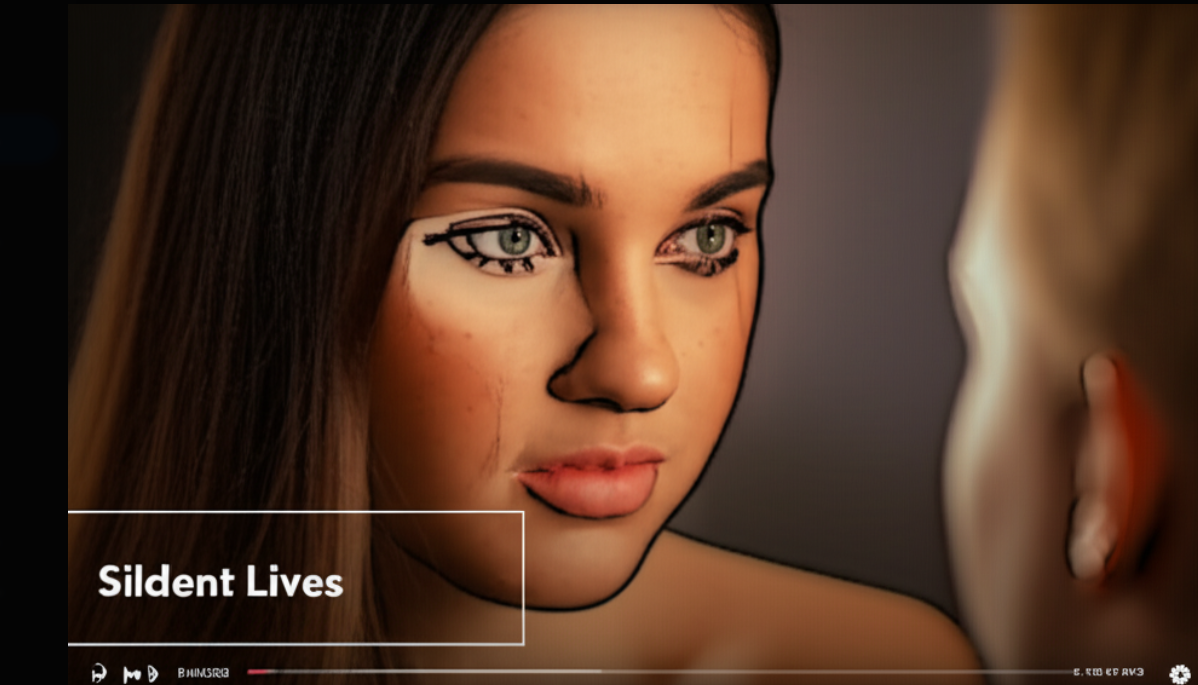
Is this good or bad? A short reality check
Good:
By offering silent options, this is making events more welcoming to neurodivergent people and those with social anxiety.
They lighten the load on cognitive resources, enabling presence over performance.
They confer commercial advantage (quiet spaces, peaceful services).
Risky:
If silence turns into automatic avoidance, it could wear away at social ties (and the WHO says weak social relationships are indeed adverse health factors).
Some “quiet” formats are profitable by not providing true help (silent content requiring donations/subs).
Actionable takeaways — How to get in front of / on top of it (ride the trend)
Creators: Make your content mute-friendly. Use clear on-screen messaging and design rituals so viewers can participate in a non-verbal way.
Brands/local businesses: Try “silent slots” (quiet booking options, headphone-only guided tours) — add a small sign or online tick box to enable booking #silentspaces. Measure take-up.
For People: For short periods doing a silent walk or having silent social time is not retirement, it’s micro-retreat. Balance it out with real-world habitual check-ins.
For Policymakers, Mayors & Community Leaders: Quiet spaces as a public good (quiet parks, noise control, social programs) + invest in solutions re WHO guidelines for real social connection and fighting loneliness.
Cheatsheet for silent-friendly posts + copy-pastable Guide
Hook visually in 0–2 seconds.
For the main point, use bold onscreen headings.
Closed captioning please (and not auto-captions so you can edit out things).
Provide a low effort CTA (emoji reaction, one-word poll, comment prompt).
Avoid expecting voice-only participation.
Bottom Line: Silence as a Weapon, Not a Shortcoming
“Silent Lives” isn’t so much a mass exodus from collective life as it is a grand social experiment: can we move slightly less fiercely, just more slowly (re)membering ourselves collectively? When used properly, silence is redemptive and serves to include. Mishandled it only serves to make the loneliness many global health bodies now label as a significant public concern worse. And how we decide, collectively or separately — to craft quiet that embraces soft connection rather than silent isolation will ultimately dictate whether this trend quiets or cleaves.
Sources & further reading (selected)
Time — “Blossoming of Silence Services.”
World Health Organization / Commission on Social Connection (report, June 2025)
AP News — Quiet and silent retreats for travelers
Marie Claire UK: On-Trend, First-Person Approach To The Silent Walking Thing
SocialInsider / silent-friendly on Industry trend pieces about video format changes
